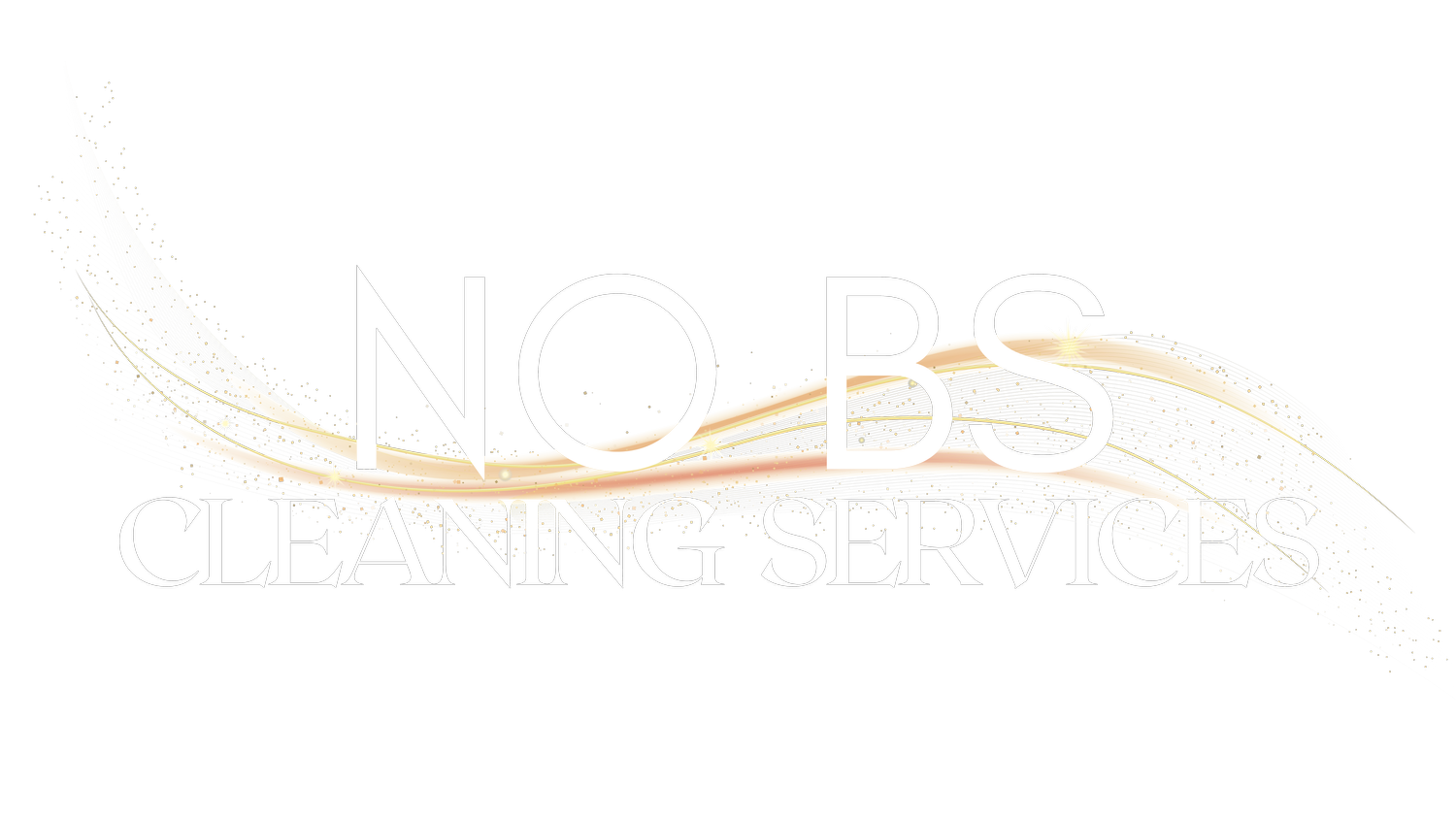Chemical Cocktail: The Dangers of Mixing Different Chemicals
Chemicals are an integral part of our daily lives, from cleaning products and personal care items to pesticides and DIY solutions. While these products are designed to make our lives easier, it's important to remember that not all chemicals are safe to mix. In fact, some combinations can be extremely hazardous and pose serious risks to our health and safety. In this article, we'll delve into the dangers of mixing different chemicals and why it's crucial to exercise caution when handling and using these products.
The Hidden Risks of Chemical Mixing
Mixing different chemicals can produce unexpected and harmful reactions. Some chemicals can react with each other to create toxic fumes, release heat or gas, or cause explosions. Others can produce harmful residues or release hazardous substances that pose risks to human health and the environment. The risks of chemical mixing can vary depending on the specific chemicals involved, their concentrations, and the conditions in which they are mixed.
Common Examples of Chemical Mixing Hazards
Bleach and Ammonia: When bleach, a common household cleaner, is mixed with ammonia, a common ingredient in some cleaning products, it produces toxic chloramine gas. Inhalation of chloramine gas can cause respiratory irritation, coughing, chest pain, and even life-threatening conditions such as pneumonia or pulmonary edema.
Bleach and Acidic Cleaners: Mixing bleach with acidic cleaners, such as vinegar or lemon juice, can produce chlorine gas, a highly toxic and irritating substance. Chlorine gas can cause severe respiratory issues, eye and skin irritation, and can be fatal in high concentrations.
Hydrogen Peroxide and Vinegar: Mixing hydrogen peroxide and vinegar, both commonly used for cleaning, can produce peracetic acid, a corrosive and irritating substance. Inhalation or contact with peracetic acid can cause respiratory distress, eye and skin irritation, and can be harmful to aquatic life if released into the environment.
Different Brands or Types of Cleaning Products: Mixing different brands or types of cleaning products, even if they contain similar ingredients, can lead to unpredictable reactions. Some products may contain incompatible ingredients that can react with each other, leading to the release of toxic fumes or other hazardous substances.
Precautions to Take
To avoid the risks associated with mixing different chemicals, it's important to take the following precautions:
Read and Follow Labels: Always read and follow the instructions on product labels, including warnings and precautions. Different products may have specific instructions for use and should not be mixed unless explicitly stated.
Ventilate: Use chemical products in well-ventilated areas to avoid the buildup of fumes or gases. Open windows and doors, and use fans or exhaust systems to improve air circulation.
Wear Protective Gear: Wear appropriate personal protective equipment (PPE), such as gloves, goggles, and masks, when handling or using chemicals to protect yourself from potential hazards.
Store Chemicals Properly: Store chemicals in their original containers and in a safe and secure place, away from heat, flame, and incompatible substances. Avoid transferring chemicals to other containers or mixing them together.
Educate Yourself: Educate yourself about the chemicals you are using, their properties, and potential risks. Research and understand the compatibility and hazards of different chemicals before using them in combination.
Conclusion
Mixing different chemicals can be a dangerous practice that can result in toxic fumes, hazardous reactions, and other serious risks to health and safety. It's essential to exercise caution when handling and using chemicals, read and follow product labels, and avoid mixing incompatible substances. By being aware of the dangers of chemical mixing and taking necessary precautions, you can protect yourself, your loved ones, and the environment from potential harm. Safety should always be a top priority when it comes to handling chemicals. By following proper handling, storage, and usage guidelines, you can ensure a safe and healthy environment for yourself and those around you.
So, next time you're reaching for different cleaning products or chemicals, take a moment to educate yourself on their compatibility and potential risks. Avoid the temptation to mix them together without proper knowledge and guidance. Remember, the "chemical cocktail" resulting from mixing incompatible substances can have serious consequences for your health and well-being.
The dangers of mixing different chemicals cannot be overstated. It's crucial to be aware of the potential risks and take necessary precautions to avoid hazardous reactions. By following proper guidelines, reading and adhering to product labels, and understanding the properties of the chemicals you're using, you can ensure a safe and healthy cleaning routine. Don't take chances with chemical mixing, prioritize safety, and protect yourself and your loved ones from potential harm.

